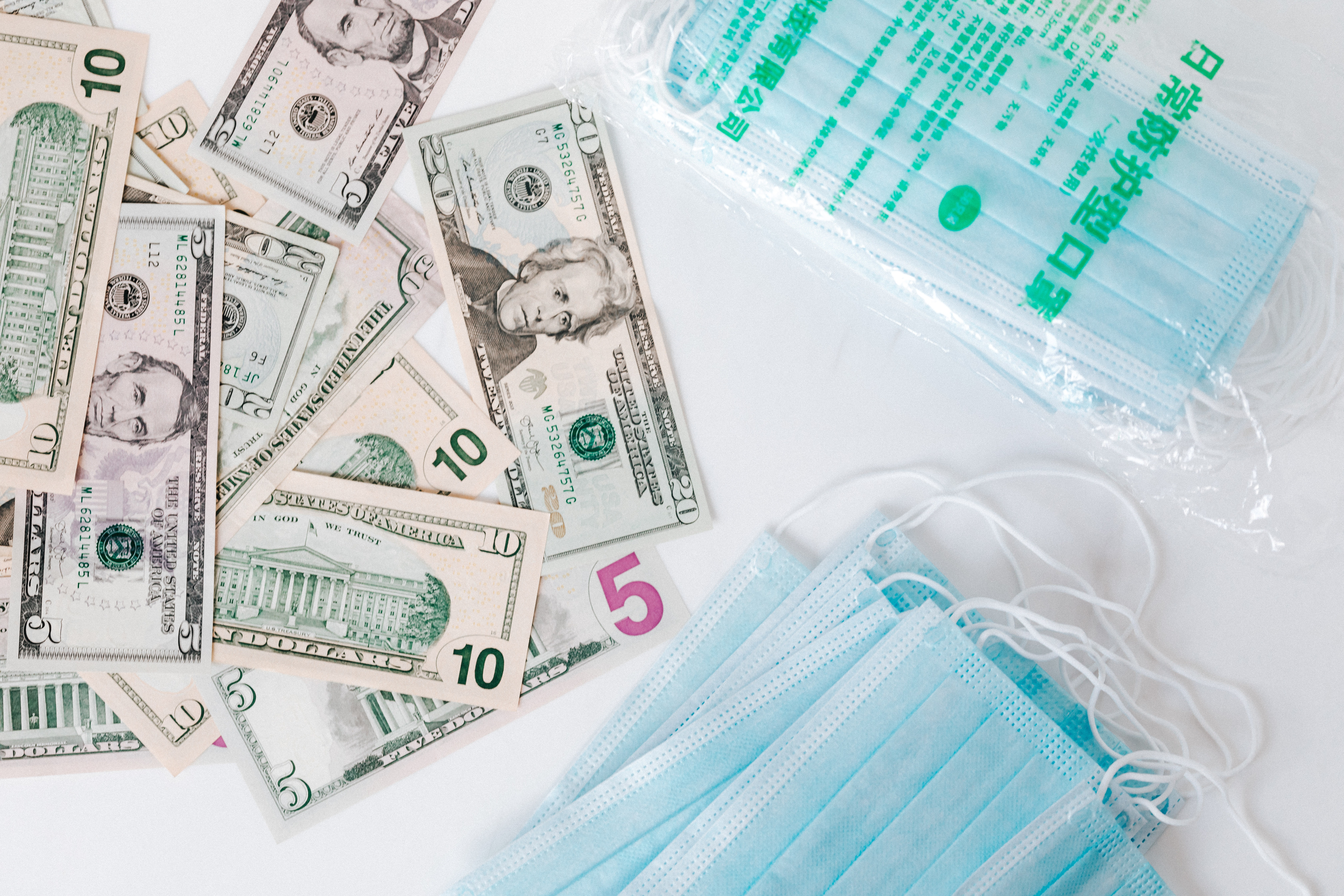EQUITIES
Shares in Asia-Pacific were mixed in Wednesday trade. Chinese stocks attempted to bounce back from days of losses. The Shanghai Composite gained around 0.96% while Hong Kong’s Hang Seng index rose about 0.20%.
Elsewhere, the Nikkei 225 in Japan declined 1.42%, South Korea’s KOSPI shed 1.44%, and the Australian S&P/ASX 200 0.83% lower.
Technology stocks in the region mostly fell, with shares of Japanese conglomerate SoftBank Group falling 1.46% and shares of robot maker Fanuc plunged nearly 6%. In South Korea, shares of Samsung Electronics dropped 1.66% while Krafton shed 4.83%. Hong Kong-listed Alibaba dipping 0.30%.
On Wall Street, overnight losses saw the tech-heavy Nasdaq Composite sliding to a fresh low for 2022, dropped 3.95% to 12,490.74. The index now sits deeper in bear market territory, at around 23% off its high. Other indexes on Wall Street also saw sizable losses, with the S&P 500 falling 2.81% to 4,175.20, and the Dow Jones Industrial Average slipped 2.38%, to 33,240.18.
OIL
Oil prices is in volatile trade on Wednesday as the market is torn between supply and demand concerns over Russian oil and gas disruption and a worsening global economic outlook.
While hopes of Chinese economic stimulus buoyed the demand outlook, geopolitical tensions simmered as Russia cut gas supplies to Poland and Bulgaria.
In supply, industry data from API on Tuesday showed U.S. crude and distillate stocks rose last week while gasoline inventories fell. U.S. government data on crude inventories is due later today.
International benchmark Brent crude futures slipped 0.15%, to $105.50 a barrel, while U.S. WTI crude futures gained 0.35%, to $101.96 a barrel. Crude prices settled about 3% higher on Tuesday.
CURRENCIES
U.S. treasury yields slipped on safety-bid, with the yield on benchmark 10-year Treasury notes down slightly to 2.757%.
The U.S. dollar index edged up to 102.270,the strongest since March 2020 and was heading for its best month since 2015, supported by the prospect of U.S. rate hikes and on safe-haven flows fanned by slowing growth in China and Europe.
Bitcoin sold as investors dumped risky assets, hovered near a six-week low at $38,460.
GOLD
Gold prices fell as the dollar stood at its highest level since the early days of the pandemic on Wednesday, pressured demand for greenback-priced bullion.
Spot gold was down 0.36% at $1,898.90 per ounce, and U.S. gold futures slid 0.20% to $1,900.50.
Spot silver gained 0.1% to $23.51 per ounce, platinum dipped 0.1% to $920.02, and palladium firmed 0.6% to $2,198.48.
ECONOMIC OUTLOOK
Asian stocks were mixed on Wednesday, as investors were anxious about the prospects for aggressive U.S. interest rate hikes, a spike in global inflation and the Ukraine war, while also rattled over slowdown fears in China as Beijing stuck firm to stringent COVID-19 lockdowns.
The IMF warned on Tuesday that Asia faces a "stagflationary" outlook with the Ukraine war, a spike in commodity costs and a slowdown in China creating significant uncertainty.
News of Russia cutting gas supplies to Eastern Europe added to the sombre mood. Bulgaria and Poland would see their gas supplies from Russia shut off from today, after demanding payments for its gas in roubles.
China's central bank said it would support its economy as worries grew that Beijing's insistence on continuing with a "zero-COVID" policy would harm domestic and global growth while further intensifying supply snags.
China’s industrial profits rose 8.5% year-on-year in the January-March period, official data from National Bureau of Statistics (NBS) showed Wednesday despite the negative impact on the economy from COVID-19 outbreaks and the Ukraine war.














